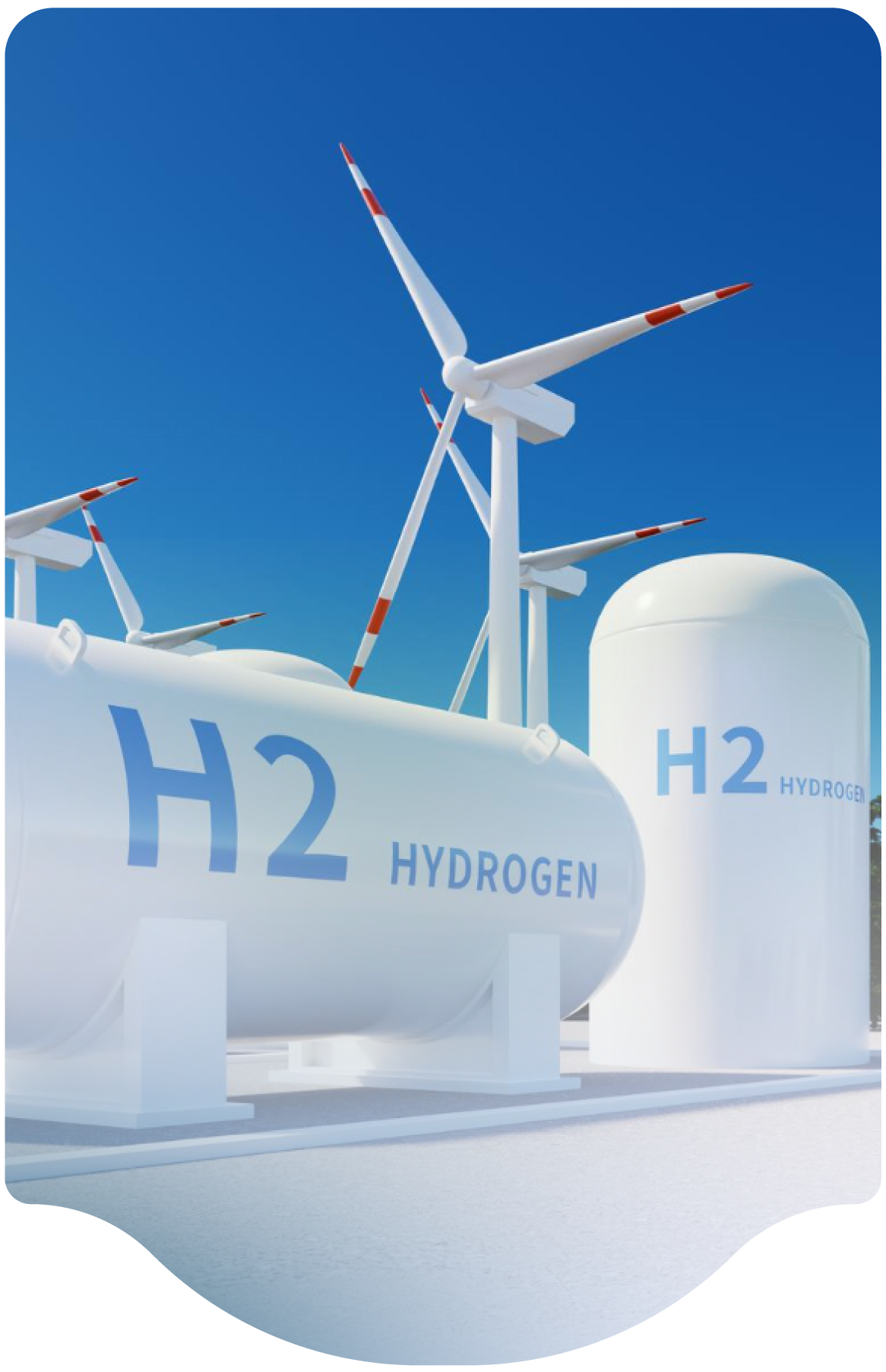- Home
-
Resources
- Center for Hydrogen Safety
- Hydrogen Fuel Cell Codes and Standards
- Learnings & Guidance
- Paper & References
- Web-based Toolkits
- Workforce Development

- Contact
- About H2Tools
- Welcome to the Hydrogen Tools Portal
- helpdesk@h2tools.org
FAQ
Frequently Asked Questions
Question & Answer
Category
Fueling Stations, Hazards Analysis, Lab Equipment
Category
Fueling Stations, Hazards Analysis, Lab Equipment
- 41 results found
- Clear All
The HSP is not aware of any specific standards for this application, but LNG standards could serve as a useful starting point given the extensive maritime trade of LNG and its use in ship…
Category:
Keywords:
Neither section is a perfect fit for marine hydrogen fueling, but that is often the case with applying Codes. The most prudent approach is to…
Category:
Keywords:
The HSP is not aware of any immediate provisions in the IFC or CFC specific to maritime hydrogen fueling, but it would make sense for it to be addressed in either IFC Section 2309, Section 2310, or referenced in both. In NFPA 2, the HSP has not seen any proposals to date; however, anyone who…
Category:
Keywords:
Assuming this question relates to the roof of the enclosure, there are no design criteria on this topic to the Panel’s knowledge. The key to the design would be ensure that the exhaust ventilation inlet is located at the highest point and that there are no pockets that can capture hydrogen (restrict flow to the exhaust inlet).
Information on Toyota’s repair garage approach is available…
Category: Lab Equipment
Keywords: Laboratory, Ventilation, Hood
A best practice, even for small hydrogen vents, is to vent to a dedicated vent system outside the building where possible. Several international codes and standards can be used to provide guidance; the Panel recommends discussing the configuration with a local fire official to ensure their required standards are followed. In the U.S. NFPA 2, Hydrogen Technologies Code, has information in…
Category: Lab Equipment
Keywords: Laboratory, Ventilation, Generation
It is always recommended that the area in which this work would be done be adequately ventilated and in accordance with the Building Code, NFPA 2 and NFPA 45 if applicable. In the Panel’s opinion, it’s recommended that the weight measuring equipment as you’ve described it be designed for Class 1, Group B, Division 2. Also consult with the local authority having jurisdiction as to the…
Category: Lab Equipment
Keywords: Laboratory, Electric, Classification, Weigh Scale, Ventilation
While HSP members have limited experience with MFCs in experimental setups, the Panel does not consider them to be reliable to provide a positive flow shutoff. For safety, a shutoff valve in series is recommended. Projects will also need to consider hazardous electrical rating and location when flowing H2. Regarding Coriolis mass flow measuring devices, Coriolis flow meters measure mass rate…
Category: Lab Equipment
Keywords: Laboratory, Flow, Control, System Design
It is difficult to provide trustworthy answers to these questions without understanding the design and configuration of the specific installation. It may be best to consult with a pressure systems expert to evaluate the specific installation and uses. The gas provider may also be a good resource for specifics on gas equipment use. Other beneficial resources include the…
Category: Lab Equipment
Keywords: Laboratory, Tube, Instruments, Cylinder, Regulator, Fitting, System Design, Valves
If liquid hydrogen usage is sufficiently high at the fueling station, there may be no need to vent any boiloff generated from the LH2 storage tank. Boil-off gas should be minimized through system design, but where needed, the boil-off hydrogen along with any other hydrogen released must be vented through a local vent stack which is constructed to safely vent the hydrogen in accordance with CGA…
Category: Fueling Stations
Keywords: Fueling Station, Boil-off Gas, Venting
In the U.S., liquid hydrogen fueling stations and dispensing equipment are addressed within NFPA 2, Chapter 11. Dispensing is covered within Section 11.3. When liquefied hydrogen is used as the supply for high pressure gaseous fueling, then Chapter 10 of NFPA 2 would apply.
ISO standards are also being developed for global LH2 fueling protocols.
Category: Fueling Stations
Keywords: Fueling Station, FC Vehicles, Dispensing, Charging
We are professional and reliable provider since we offer customers the most powerful and beautiful themes. Besides, we always catch the latest technology and adapt to follow world’s new trends to deliver the best themes to the market.
Contact info
We are the leaders in the building industries and factories. We're word wide. We never give up on the challenges.
- 2 Queen Street,California, USA
- (+84) 04 123 456
- :Helpdesk@h2tools.org
